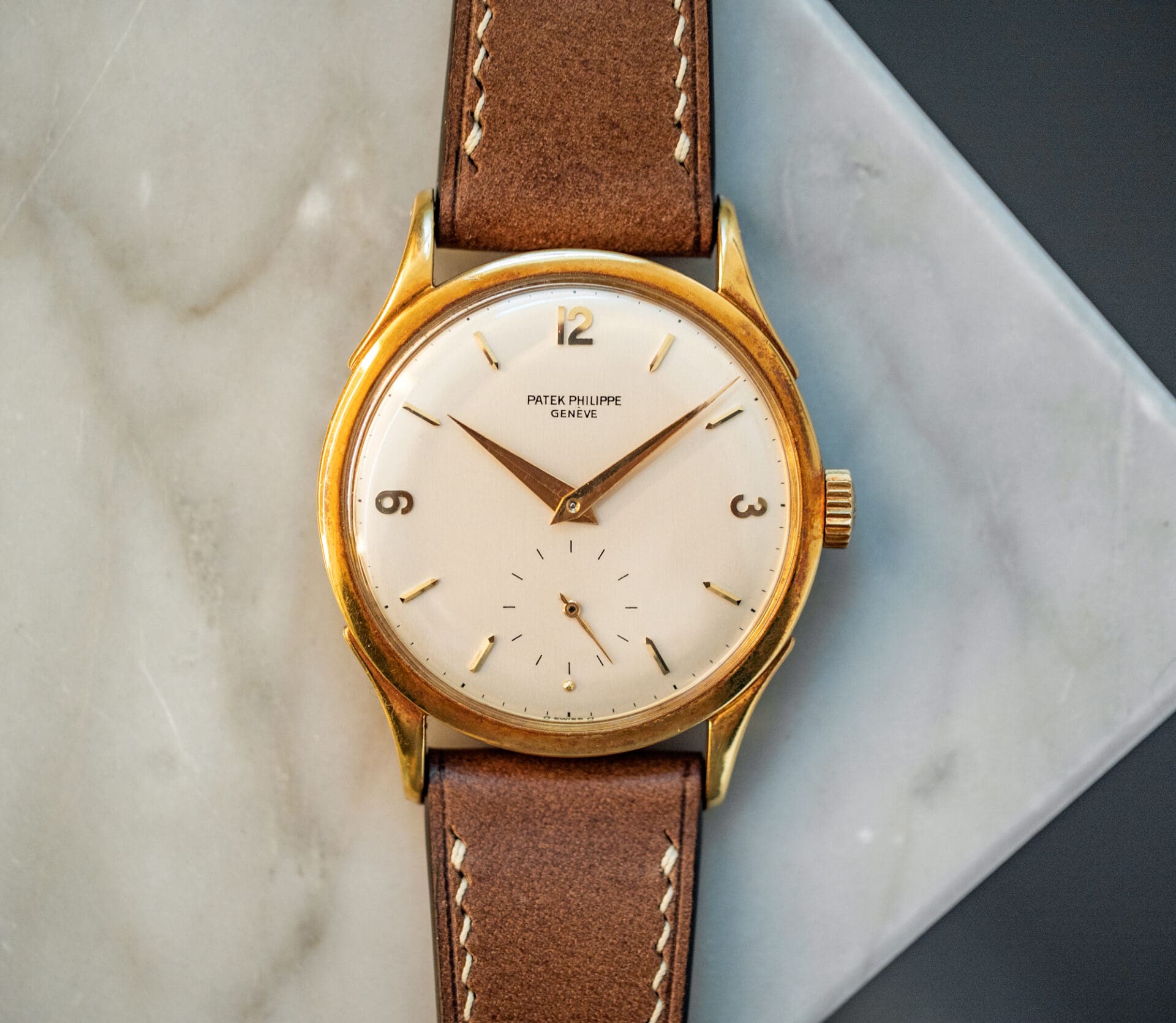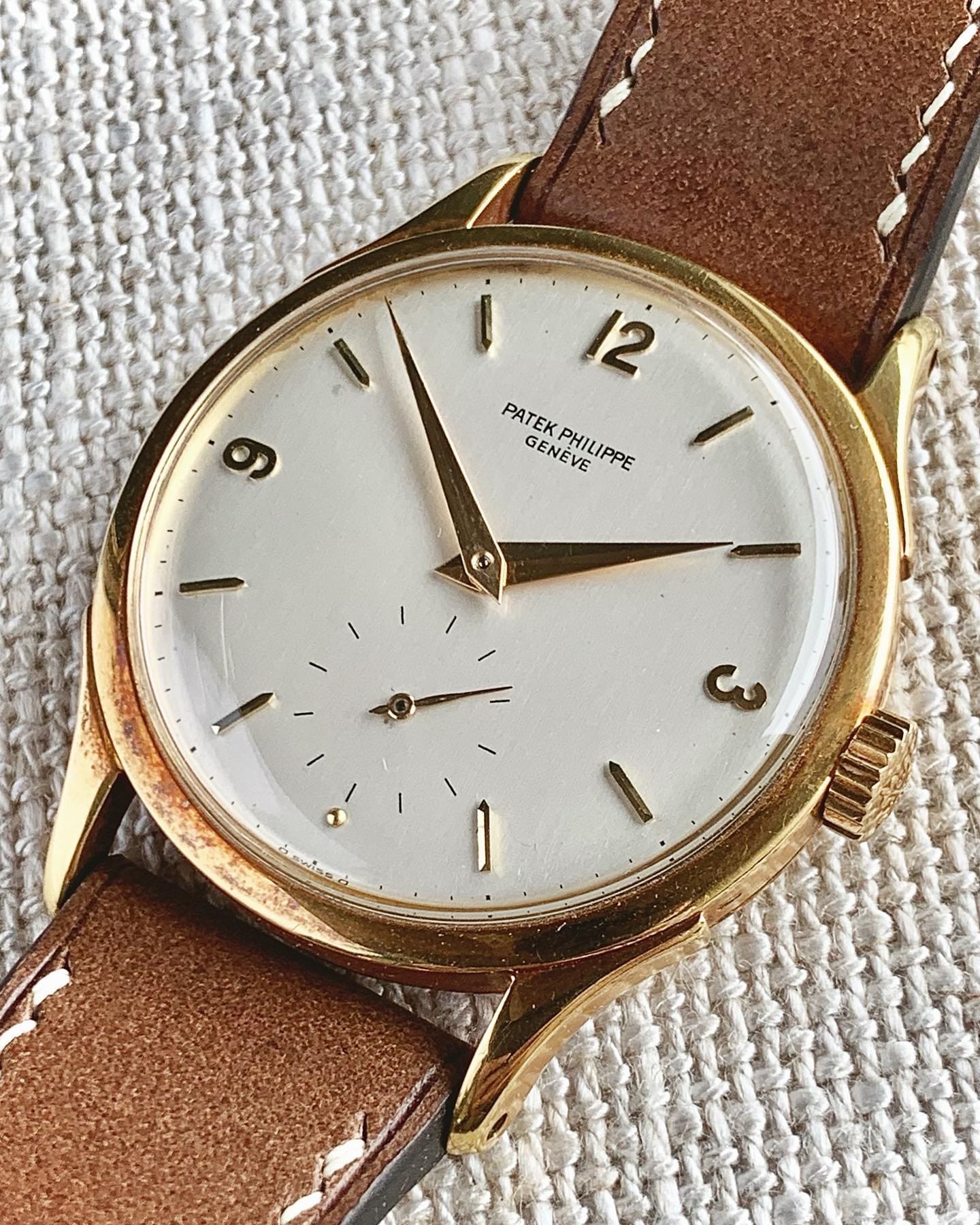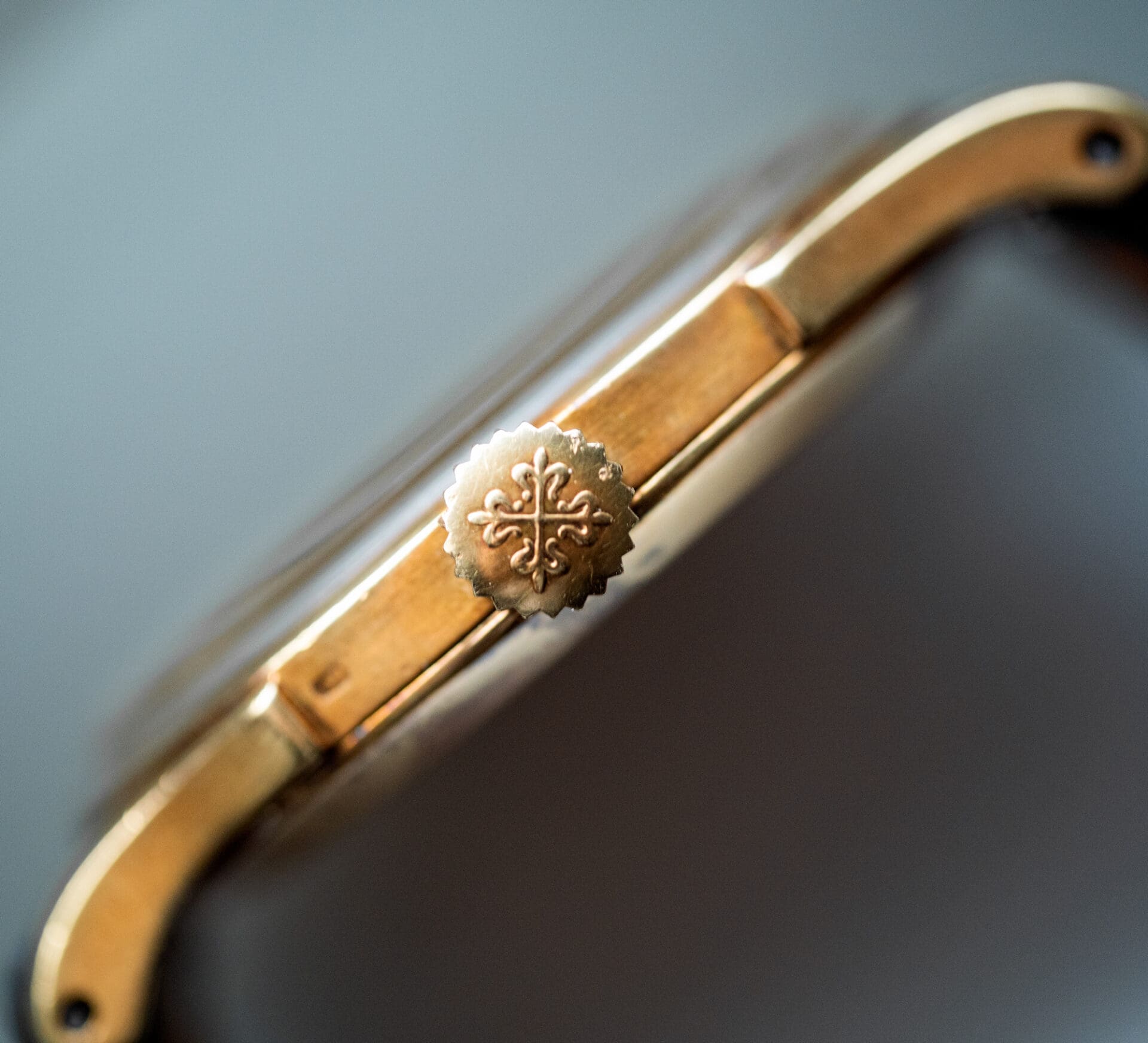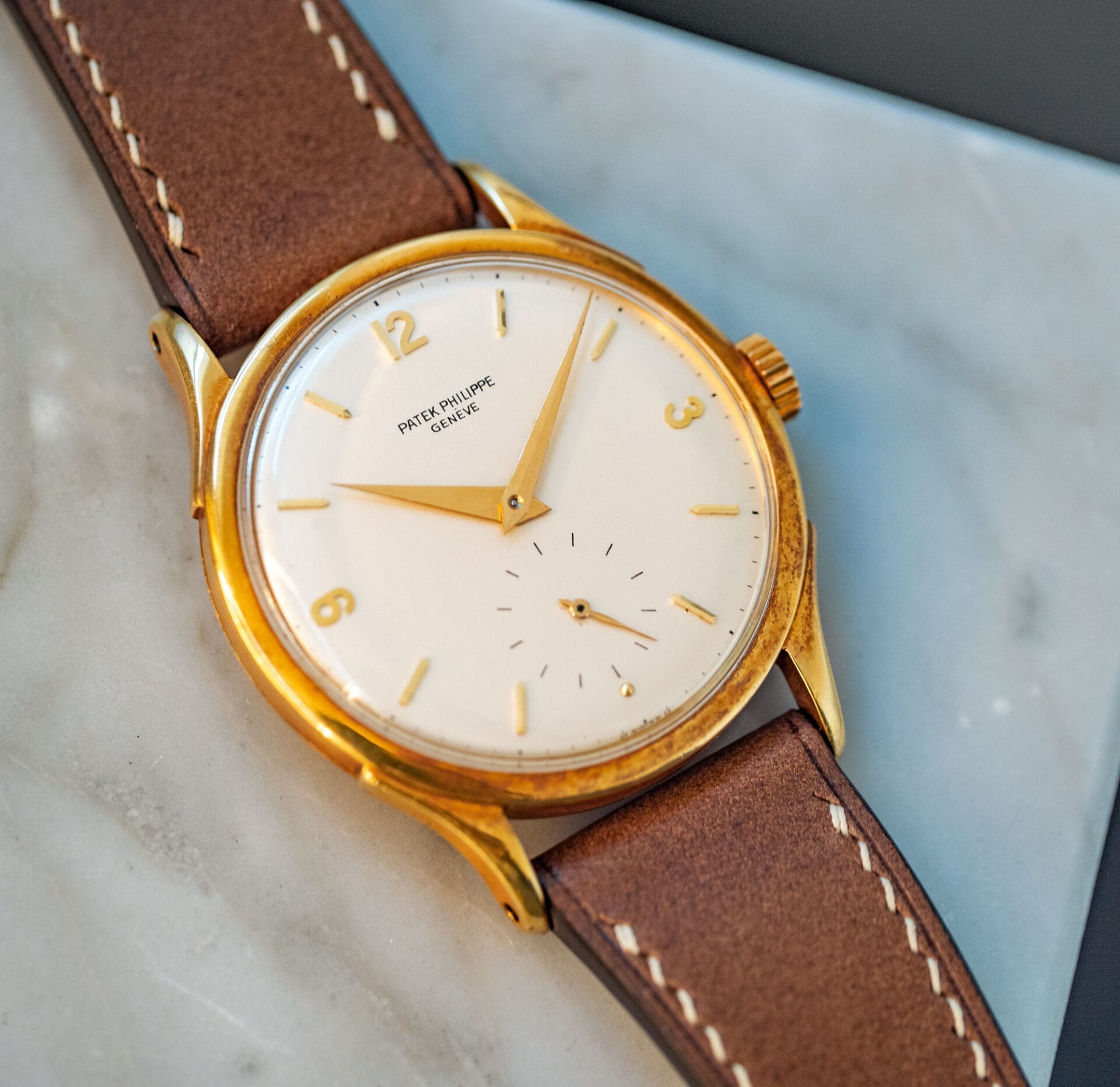Every Watch Tells a Story: Tim’s tale of compassion and a Patek Philippe Calatrava ref. 1589
Time+TideEditor’s Note: We asked for the anecdotes behind your timepieces as part of our Every Watch Tells A Story series. Straight away, we got this cracking yarn from Tim @inversepanda about how this delectable Patek Philippe Calatrava ref. 1589 found its way into his grateful possession. If you have a story that you’d like to share, email us at: [email protected]
Part I: The Backstory
Allow me to share a story… Once there was an old doctor, who was also a watch collector. One day he was sadly diagnosed with cancer and, for the first time, he felt mortal. Not wanting to burden his wife with a collection that she wouldn’t know what to do with, he began calling friends who could be interested in his curated pieces.
My mother received that call, and decided to help the ailing doctor out. We went to the doctor’s place, where he laid out his small but thoughtful vintage collection. There was a Breguet regulator, a skeletonised Blancpain jump hour, an IWC limited-edition chronograph, a Ulysse Nardin… nice stuff. After careful consideration, my mother decided on two Patek Philippe Calatravas – one round and the other square, because they were both from 1950 – the same as my parents’ birth year. They would have one each.
When my mother came home, she showed the two Calatravas to my father. Now my father was an extremely simple and steady man. So simply steady, that his daily attire was a white buttoned-up shirt, tucked into black suit pants with black belt, complemented by a pair of black oxfords. It’s been this uniform way for over 40 years – rain or shine, hot or cold, work day or weekends. Sure, he may change up his ties, but I’ve never met anyone more consistently predictable than my father.
You know exactly where I’m going with this. The gold Patek was just not his thing, regardless of the shape. He was appreciative, and fully understood the charity of helping a family friend out. So rather than returning or wasting a nice timepiece, and being the ever practical man, he asked me if I could find him something he’d wear and use – one with an actually useful feature, such as an “alarm”.
A story ending here with a Patek minute repeater might’ve been epic… but it wasn’t exactly financially responsible nor easy to use for my 70-plus year old father who’s survived two separate cancer incidents himself. So I set out my search… and came upon an uncommon JLC Memovox with a tuxedo dial – black outer rim and white inner alarm wheel. Having a date and an automatic bumper movement (which he remembers from childhood) was a practicality plus. You’ll find this exact piece in an earlier IG post.
When my father and mother visited LA, I presented him with the JLC in its original green presentation box. After a quick tutorial, he strapped on the black leather strap and with his black and white outfit (yes, even on vacations) the watch melted in like the last piece of a jigsaw puzzle. He wore that thing everyday for the rest of the trip; my mother and I could not have been happier.
As for this Patek Calatrava? That’s how it “traded” into my possession. My mother still has the square one.
Part II: The Watch – Patek Philippe Calatrava ref. 1589
A 1950s Patek Philippe Calatrava ref. 1589 in 18K gold – 36mm Bauhaus purity with applied gold batons and flipped numerals, sub seconds, dauphine hands, downturned attached lugs, drilled lug holes, microadjust regulator and logo crown. In my humble opinion, the vertical satin dial is most likely refinished judging by its condition, logo font, and sigma signs (which didn’t arrive until 70s). But the most intriguing mystery reveals itself when the watch is flipped over and the words “Meyer Slotkin” are engraved on the back.
From what I could gather, Meyer S Slotkin (born 1917) was a Russian Orthodox Jew living in Long Island, NY. Just prior to 1950, Meyer and wife Dinah adopted a Holocaust orphan through an independent American organisation called “Rescue Children Inc.” The young survivor was Irene Hizme, who at six-years-old was separated from her mother and twin brother in Auschwitz, during the infamous “Angel of Death” Dr. Josef Mengele’s sadistic medical experiments (of which, only 160 twins out of 3000 survived).
After the 1945 liberation, Rescue Children reps brought Irene to the States, where she was taken in by the Slotkins. Through the help of a private investigator, the Slotkins were also successful at finding Irene’s brother Rene in Czechoslovakia; reunited them and raised both as their own children in Long Island. They gave them a home, sent them to a Jewish day school, and provided some normalcy into their lives. In 2005, a documentary was made about the children’s incredible survival story, titled Rene and I.
It’s difficult to know how the Calatrava entered Meyer Slotkin’s life. In my own idealistic fantasy, I’d like to think that it had something to do with the goodwill of helping others in need. Perhaps somebody gifted it to Meyer as a token of appreciation, hence the inscription on the back. Or maybe Meyer purchased it himself, which if he was wealthy enough to acquire such a timepiece, could suggest a comfort in knowing that Irene and Rene were provided a much more comfortable home than their life prior to.
In any case, if this piece represents any of the compassion and kindness that Meyer or my mother showed, the refinished dial is, if at all, secondary. The knowledge of the back stories meanwhile only enhances the sense of purity that the watch’s design exudes.











